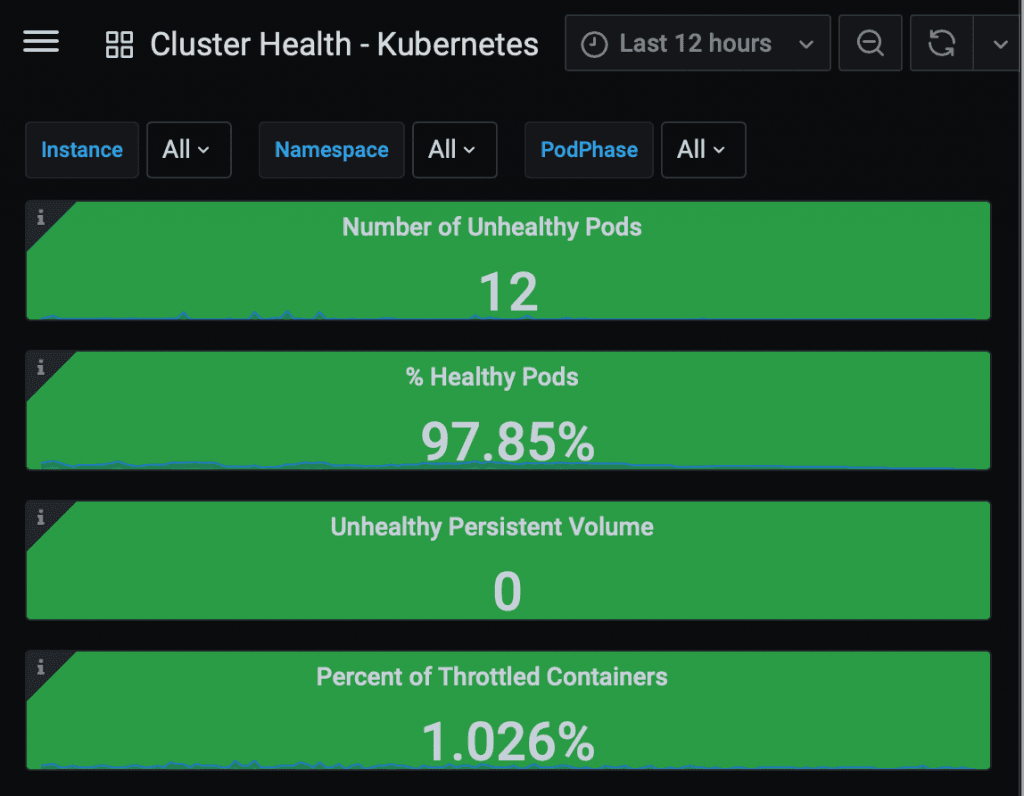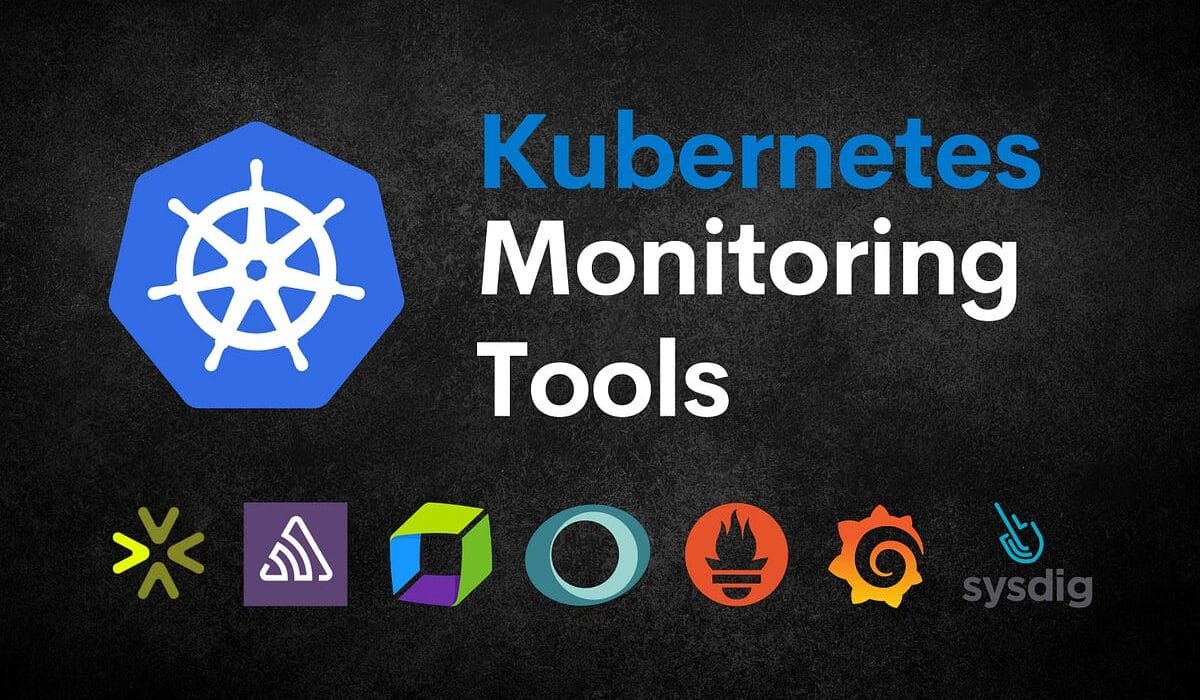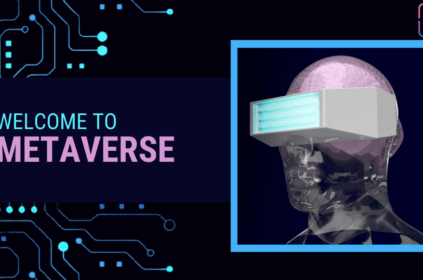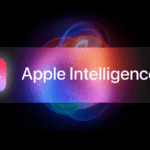Monitoring and logging in Kubernetes are key to building resilient, secure, and scalable infrastructure.
Getting Started On Kubernetes
If you’re working with Kubernetes, you already know the game: efficiency, automation, and scalability are all part of why Kubernetes has become so popular. But while Kubernetes can make your applications agile and scalable, keeping everything in check across complex clusters isn’t always straightforward. That’s where logging and monitoring come in. Imagine them as your cluster’s health checkup tools, catching problems early and keeping everything running smoothly, so you can focus on the big picture. To grasp the full potential of Kubernetes, see this overview on why you need it and what it can do. To succeed with Kubernetes, it’s essential to stay informed on emerging trends and best practices in DevOps. For more on cloud-native DevOps, check out our post on trends and best practices for success.

In this guide, we’re exploring 13 top logging and monitoring tools that can make managing Kubernetes a whole lot easier in 2024. These tools aren’t just for keeping an eye on your environment; they’re about giving you confidence and control, so you can proactively address issues, maintain performance, and make the most of your infrastructure. Ready to dive into the tools that will up your Kubernetes game this year? Let’s get into it!
1. Prometheus
Let’s kick things off with Prometheus, the trusted name in Kubernetes monitoring. Built specifically to handle the demands of cloud-native environments, Prometheus helps you keep a pulse on your entire setup. It’s an open-source toolkit that tracks metrics, sets up alerts, and can grow with your needs. Thanks to Prometheus Query Language (PromQL), you can dig as deep as you want into your data to find exactly what you’re looking for.
Why Prometheus is a winner:
- Scales smoothly with your Kubernetes clusters
- Flexible alerting so you’re notified before small issues become big ones
- Huge community backing, so you’re never short on support or resources
2. Grafana
If Prometheus is the workhorse for monitoring, Grafana is the artist, turning raw data into visuals you can actually understand at a glance. Grafana’s dashboards are not only visually appealing but also very customizable, allowing you to see the metrics that matter most. By pairing Grafana with Prometheus (or just about any other data source), you’re getting a top-tier monitoring solution that’s easy to navigate and gives you real-time visibility.
Why Grafana is a must-have:
- Connects to multiple data sources beyond just Prometheus
- Intuitive dashboards that make understanding complex metrics easier
- A big collection of plugins and customization options to tailor it to your needs

3. ELK Stack (Elasticsearch, Logstash, Kibana)
When it comes to managing logs, the ELK Stack—Elasticsearch, Logstash, and Kibana—is hard to beat. Together, these three tools offer an integrated way to search, process, and visualize your logs. In a Kubernetes setup, the ELK Stack becomes the go-to for organizing all your logs in one place, so you’re not jumping between tools trying to find a specific error or trace.
Why ELK Stack is a logging powerhouse:
- Powerful search capabilities with Elasticsearch to locate any detail quickly
- Logstash handles data processing, keeping things organized
- Kibana’s dashboards make it easy to visualize your logs
4. Fluentd
Fluentd is another open-source tool that has gained popularity as a logging aggregator. Think of it as a “log router” that collects logs from various sources and directs them to the right places. Fluentd is especially helpful in Kubernetes environments with complex logging needs, as it has more than 500 plugins to integrate with different storage and monitoring systems.
What makes Fluentd handy:
- Supports a wide range of integrations to handle diverse logging needs
- Lightweight and efficient, so it doesn’t add unnecessary load
- Helps you avoid “log spaghetti” by unifying your logging pipeline
5. Loki
Loki is like Prometheus for logs—lightweight, scalable, and super flexible. Developed by the folks at Grafana Labs, Loki is built to integrate seamlessly with Grafana, giving you a single view of both metrics and logs. Unlike more resource-heavy logging systems, Loki doesn’t require an intense indexing process, which makes it an efficient option for managing log data without overloading your environment.
What makes Loki special:
- Designed to work with Grafana for a seamless metrics and logging experience
- Easy to deploy and scale within Kubernetes
- Minimal resource impact, making it suitable even for large environments
6. Datadog
Datadog is a favorite for teams that need a full-stack monitoring solution. It covers infrastructure, applications, and logs all under one roof. Datadog is a one-stop shop that can monitor your entire cloud infrastructure, including Kubernetes clusters. It offers easy integration, real-time metrics, and advanced features like anomaly detection to help you stay on top of any unusual activity.
Why Datadog is worth it:
- Covers everything from logs to app performance and infrastructure health
- Rich visualizations with pre-built templates for Kubernetes monitoring
- Advanced features like anomaly detection and forecasting
7. Splunk
Splunk is an enterprise-grade tool known for its advanced logging, search, and analytics capabilities. It’s built to handle massive amounts of data, making it ideal for Kubernetes setups in need of powerful search and analysis tools. Splunk’s strength lies in its machine learning features, which allow you to detect patterns and trends that might otherwise go unnoticed.
What makes Splunk a top choice:
- Advanced analytics with machine learning for deep insights
- High scalability, so it can grow alongside your Kubernetes environment
- Robust search capabilities that make it easy to dig into log data
8. New Relic
New Relic offers a comprehensive view of your Kubernetes clusters with its observability platform. With New Relic, you get real-time monitoring and analytics to keep a close watch on your applications, infrastructure, and logs. One of its standout features is its ability to show dependencies across your entire stack, so you can see how issues in one area might impact others.
Why New Relic works well for Kubernetes:
- Offers full-stack observability for a complete view of your environment
- Dependency tracking to identify potential problem areas quickly
- User-friendly interface with plenty of customization options
9. Jaeger
Tracing is essential for understanding distributed systems, and that’s where Jaeger shines. Developed by Uber, this open-source tool is designed to help you trace requests across your Kubernetes clusters. With Jaeger, you can track down latency issues and get insights into how requests move through your services.
Why Jaeger is invaluable:
- Open-source and optimized for distributed tracing
- Helps pinpoint bottlenecks and identify performance issues
- Great for analyzing latency and improving overall application performance
10. Sysdig
Sysdig focuses on security and performance monitoring for containers, making it ideal for Kubernetes. With Sysdig, you can monitor system calls, giving you insights into the activity within your containers and clusters. Sysdig also provides runtime security features, helping you detect threats and ensure compliance in a cloud-native environment.
Why Sysdig is a top choice for security:
- Deep visibility into container and host-level activity
- Security features that go beyond monitoring to protect your clusters
- Easy integration with Kubernetes and CI/CD workflows
11. Kiali
If you’re using Istio as your service mesh within Kubernetes, Kiali is your go-to for observability. Kiali provides an intuitive view of your Istio setup, allowing you to monitor traffic flow, visualize dependencies, and troubleshoot issues. It’s especially useful for seeing how services interact with one another within your cluster.
Why Kiali makes sense for Istio users:
- Great visualization for service mesh configurations and traffic flow
- Real-time insights into service health and connectivity
- Makes troubleshooting easier in a service-mesh-heavy environment
12. Thanos
Thanos is a lifesaver if you’re dealing with long-term storage for Prometheus metrics. It’s designed to turn Prometheus into a scalable, highly available solution with multi-cloud compatibility. Thanos allows you to store metrics for extended periods without bogging down your system, so you can analyze trends over time.
Why Thanos is a great addition to Prometheus:
- Long-term storage for metrics, even across multiple clouds
- Makes Prometheus highly available, with redundancy built in
- Allows for seamless integration with existing Prometheus setups

Wrapping Up
Navigating the world of Kubernetes can be complex, but with the right logging and monitoring tools, you can stay in control and proactively manage your environment. The tools we covered here—Prometheus, Grafana, ELK Stack, and others—offer unique capabilities that together build a resilient, transparent, and efficient monitoring strategy. Each of these tools plays a role in strengthening observability, enhancing performance, and maintaining the reliability your clusters need to thrive.
As you explore which tools work best for your team, remember that the goal isn’t just to troubleshoot but to gain insights, optimize resources, and foster a system that scales smoothly as demands grow. With a robust monitoring setup, you’re not just reacting to issues—you’re staying one step ahead, ensuring your Kubernetes clusters are prepared for whatever challenges come next. Here’s to building stronger, smarter, and more reliable Kubernetes environments in 2024 and beyond.
At MyceliumWeb, we craft personalized web and cloud solutions that align with your business’s unique goals, driving seamless performance and fortified digital security.
Our commitment is to empower organizations with adaptive strategies, enabling them to thrive in today’s fast-paced digital environment while enhancing both operational efficiency and data protection.



















